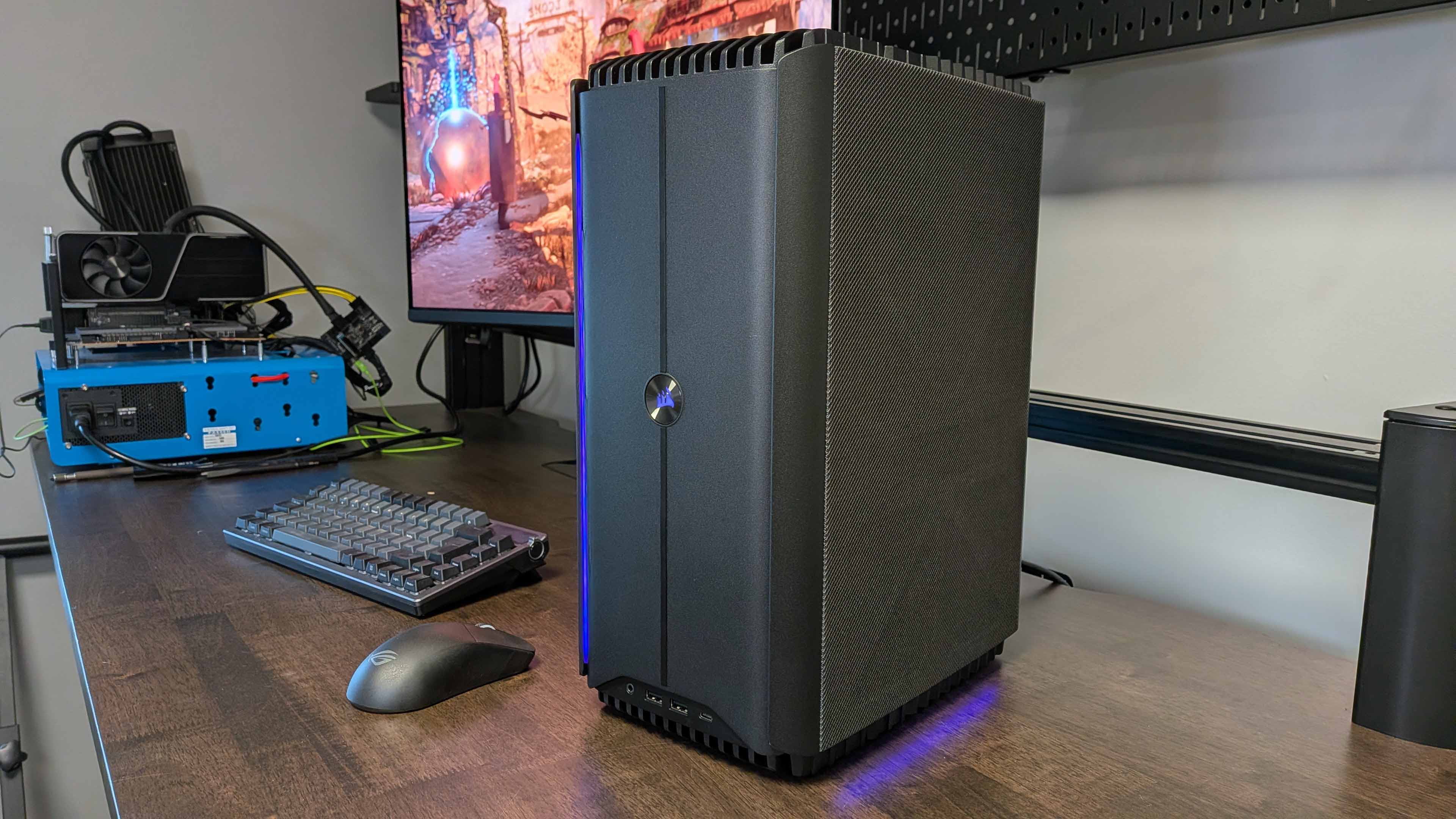Our Verdict
PS VR2 offers virtual reality to rival the PC. The hardware is seriously impressive and modern, which helps to better highlight the excellent games on the platform. I'd still recommend a PC VR headset to most PC gamers, but Sony has completely overhauled the console VR experience for the better.
For
- Clever design
- Eye tracking
- Runs well on PS5 hardware
- Controllers are great
- Comfortable over prolonged use
- High fidelity
Against
- Limited on games compared to PC
- Pricier than a Quest 2
PC Gamer's got your back
PS VR2 is a massive step up for Sony's virtual reality efforts. It's immersive, luxurious, and genuinely fun to use in a way that Sony's first attempt at VR often struggled to be. If you're looking at it as an upgrade to your ageing PS VR kit, there's no contest. I dare say PS VR2 could even give the most popular PC VR headsets a run for their money, though it'll have a tough job convincing PC VR enthusiasts to ditch SteamVR anytime soon.
Make no mistake, there's something to be said for just how advanced Sony has made the PS VR2. It delivers an impressive feature set that's very much on-point for 2023. Features like intelligent eye tracking, which makes flicking through in-game menus as easy as glancing at them, and foveated rendering to lessen the load of dual 2000 x 2040 OLED displays on the PlayStation 5's hardware.
These are features that are up-to-date with modern, high-end virtual reality headsets, and only just looking to land on cheaper devices on PC.
Even next to modern headsets like the Meta Quest 2 and Valve Index, PS VR2 offers a comparable level of visual fidelity. I guess I shouldn't be surprised. PS VR2's twin OLED displays offer a higher resolution than the Quest 2. The 90Hz–120Hz refresh rate is a match, too.
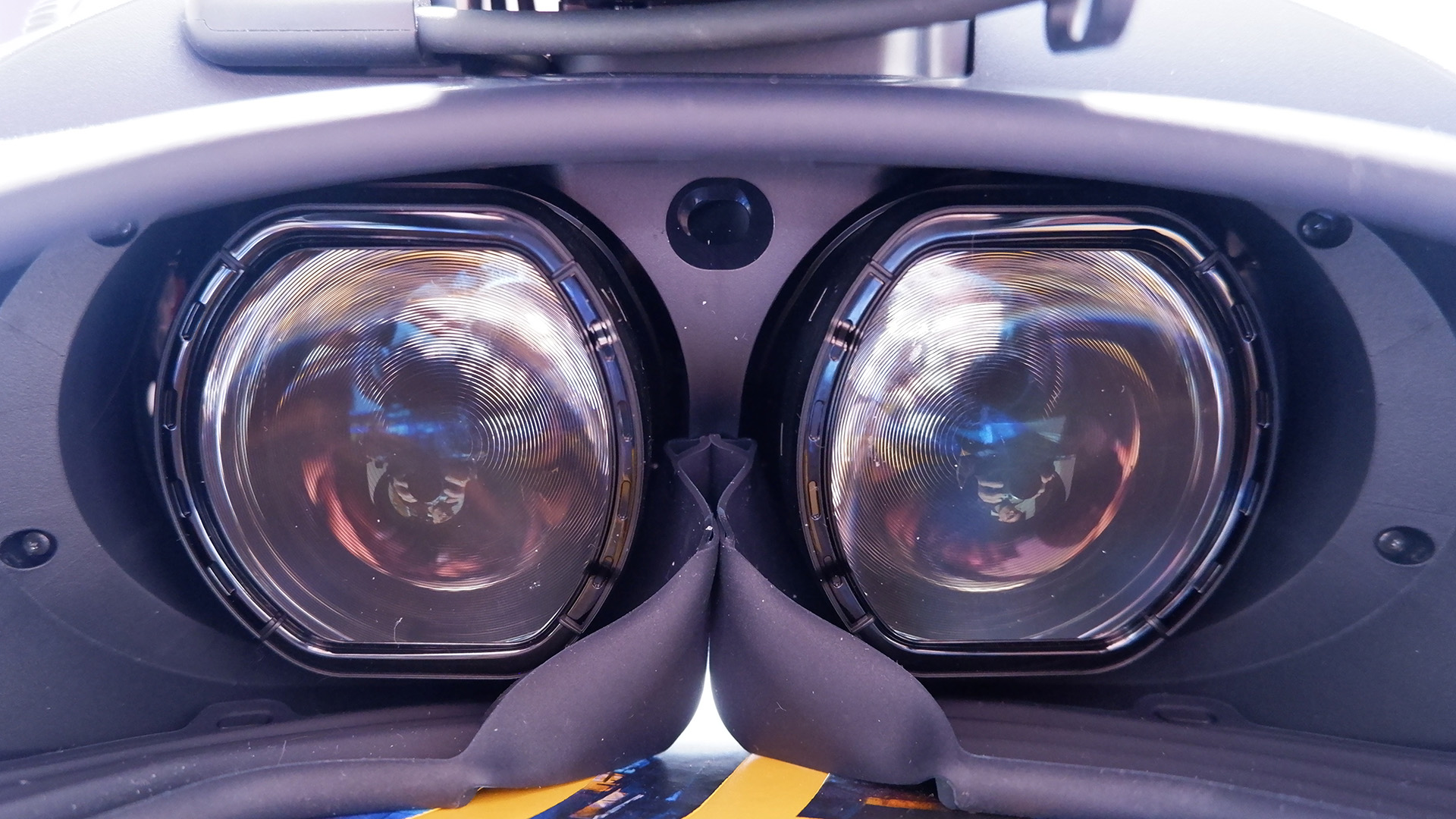
Resolution: 2000 x 2040 per eye
Display type: OLED
Refresh rate: 90Hz, 120Hz
IPD adjustment: Yes, with eye tracking assistance
Field of view: 110 degrees
Connectivity: USB Type-C
Supports: PS5 only
Audio: 3.5mm headphone jack
Price: $550/£530/€550
The PS VR2's 110 degree field of view isn't earth-shattering stuff, as that's more or less the norm nowadays, but it's wide enough to encompass the better part of your vision. And beyond that it's sufficiently dark to keep you immersed in the game, blocked by the headset's soft-touch surround.
The headset's design is a real highlight, actually. It's a little different to most PC VR headsets in that it uses a firm headband that clamps onto your cranium, with the headset sort of floating down in front of you. From there you slide it closer or away from the bridge of your nose for the best fit. This design keeps most of the weight of the headset off the front of your face, which helps massively with long-term comfort, and you can push the headset away easily without adjusting the headband if you want a little breather.
This design is pretty handy if you want to quickly fit the headset onto a friend too. There's a lot less fiddling to get it properly adjusted than some other headsets, even on someone else's head. It's night and day for the Quest 2's pretty poor and uncomfortable strap.
Keep up to date with the most important stories and the best deals, as picked by the PC Gamer team.

But before you get too excited of what this all might mean once plugged into your PC, you might be disappointed. PS VR2 is not officially PC compatible and it's not recognised in SteamVR.
Even if you do plug it in via its lengthy USB Type-C cable, you aren't able to use it for gaming in VR. It is possible to hook the headset up to a graphics card's USB Type-C port, if your GPU has such a thing (few do) which lets you use PS VR2 as a window onto your desktop, but it's not the real deal. It's more like viewing a second monitor through the headset. For now, and maybe forever, PS VR2 is essentially PS5-only.
I'm really, utterly impressed by it.
Beyond the big ticket items, PS VR2 offers some major quality of life improvements. First and foremost, it now includes two controllers designed for VR. That's a huge step-up on the first-generation PS VR, which came with nothing more than the hope that you had an old Move controller gathering dust in a box somewhere.
The new Sense controllers, which I affectionately call Sony's orbs, are on par with the controllers bundled with the popular standalone headsets today. They're reminiscent of the Meta Quest 2's controllers: with some finger detection functions, easy-to-use grip buttons, and genuinely excellent tracking.
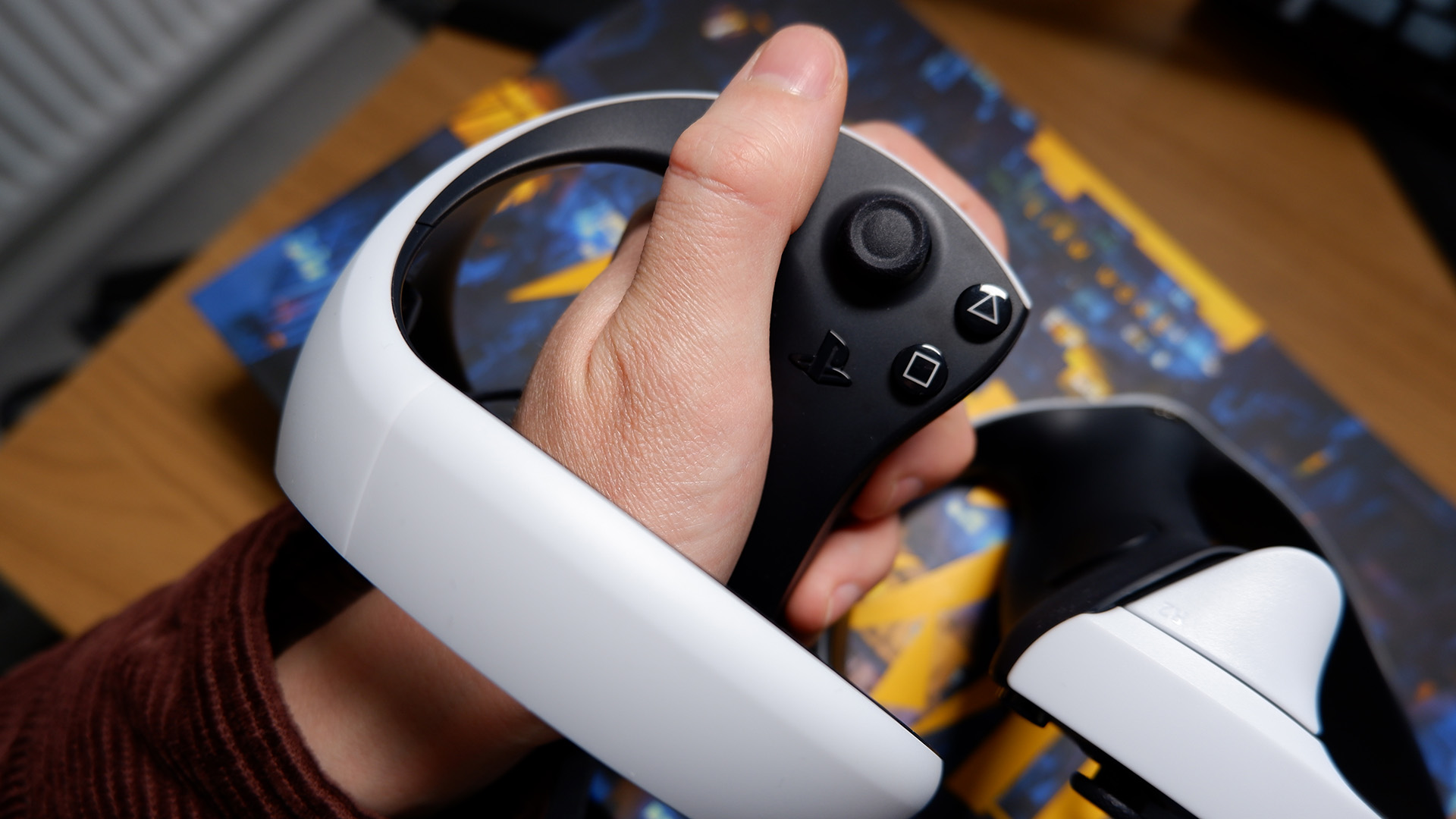
It's tough to fault the Sense controllers—they're accurate enough to hit a target with an arrow in the far recesses of the Horizon: Call of the Mountain map, and track rapidly enough to swing across a crevasse with a hope of hanging on at the other side.
The other big quality of life improvement is how easy it is to set up the play area once you're in the headset. Borrowing one of the Quest 2's best features, Sony has rolled out a passthrough feature using the headset's front-facing cameras. This means you can look around you in real-life while wearing the headset, and this makes drawing out the confines of your play area a doddle. Sony's taken it one step further, however, and made it so the PS VR2 scans your environment via the passthrough. It then automatically draws out where it thinks your play area should start and end. It's been pretty much spot-on every time I've tried it.
The passthrough can also be turned on and off with the push of a button while you're gaming—great for finding lost controllers or finding your bearings.

For all of its shiny new features, PS VR2 is an awesome way to game in virtual reality. It's a great idea of where we're at with VR right now as a technology, but also in terms of how sleek many of the games have become for the platform. I spent the better part of three hours in Horizon: Call of the Mountain one day and I didn't feel all that worse for wear coming out the other side. That's in part thanks to its high-res displays, speedy refresh rate, and accurate tracking, but also smart game design that's a breeze to play.
Now, does that all mean PS VR2 will be such a rousing success as the first-gen PS VR? Of that, I'm not so sure. It's not for any real faults of PS VR2 so much as just where we're at in the wider, affordable VR market.
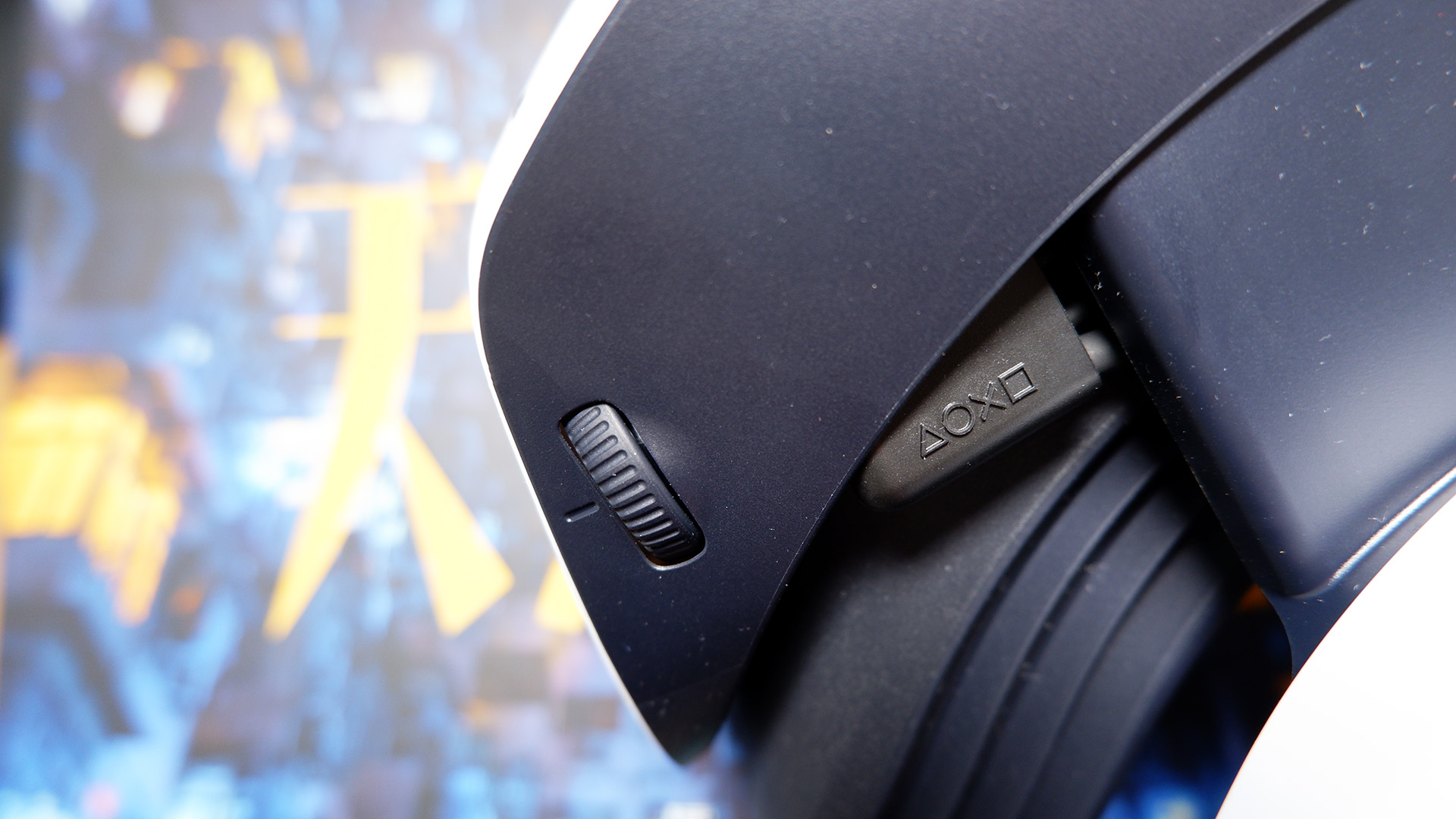
The first generation headset brought affordable VR to masses of PlayStation 4 owners, and of the many I personally know that used one it was also usually their first time dabbling in VR. I spent a good few nights wheeling the headset out with friends and playing Until Dawn: Rush of Blood and Resident Evil 7: Biohazard.
There's something to be said for just how advanced Sony has made the PS VR2.
But the PS VR's Move controllers and low fidelity panels left me looking longingly at the pricier PC alternatives. And it wouldn't be long before something much cheaper changed the game for good. Oculus came out swinging with the Quest, then the Quest 2. And affordable VR was suddenly really, really good.
There's a lot to be said for PS VR2, but it's facing a much tougher market than the first-generation unit did even on the affordable end of VR. And it's tougher to argue for it as such a strong value proposition—its $550 price tag sees it cost more than either model of PlayStation 5. To be fair, PS VR cost as much as a PS4, but at $150 more than the Quest 2 (post price hike) PS VR2 is not the cheap option.
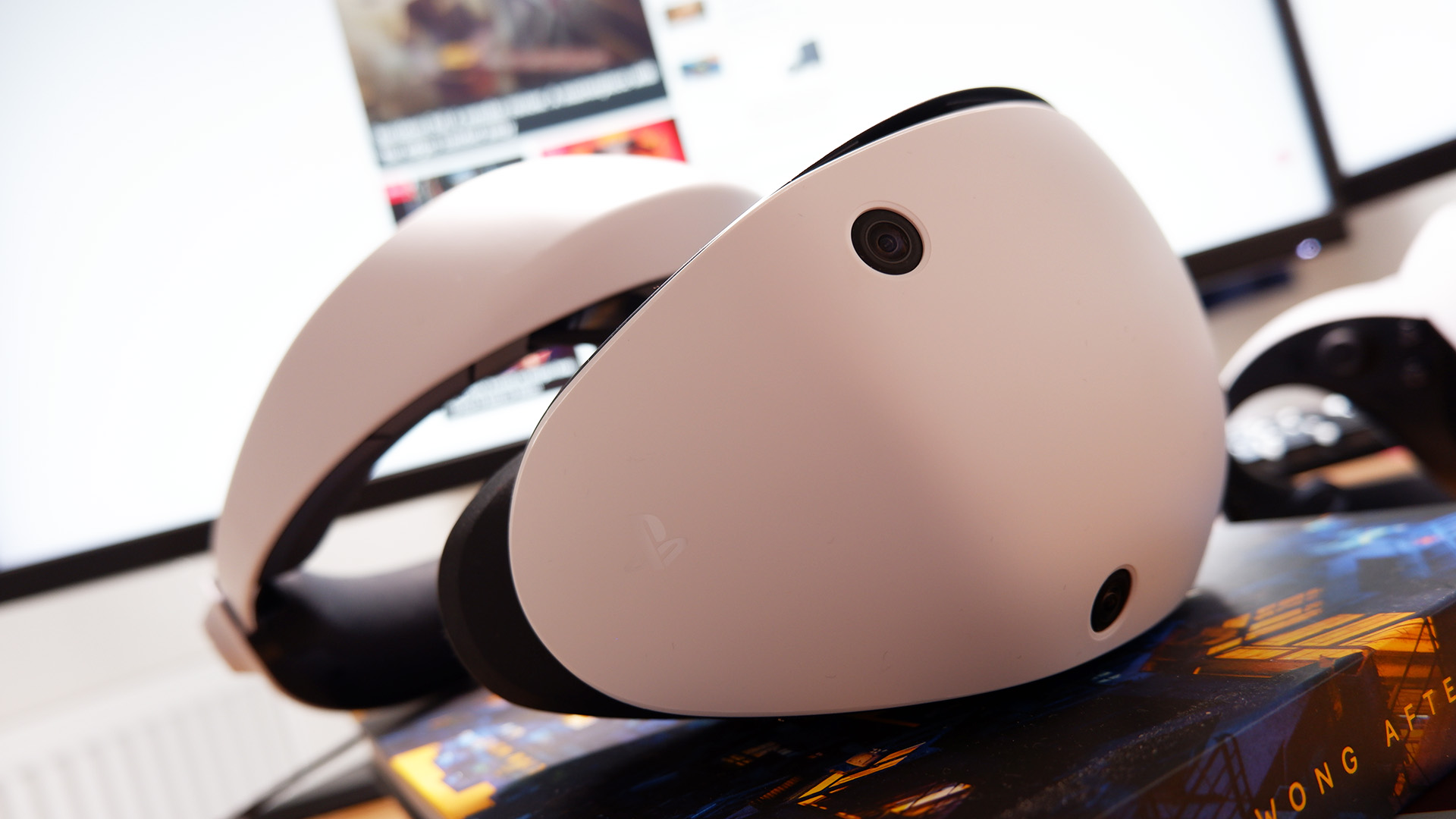
As a PC gamer, I have that nagging feeling I should be waiting to see what Meta is cooking up with the next-generation Quest before deciding to lump my cash behind the Sony option. PS VR2 will not be alone in eye-tracking at this sort of price for long, and there's one thing that PS VR2 can't match the Quest 2 or other PC VR headsets on: games.
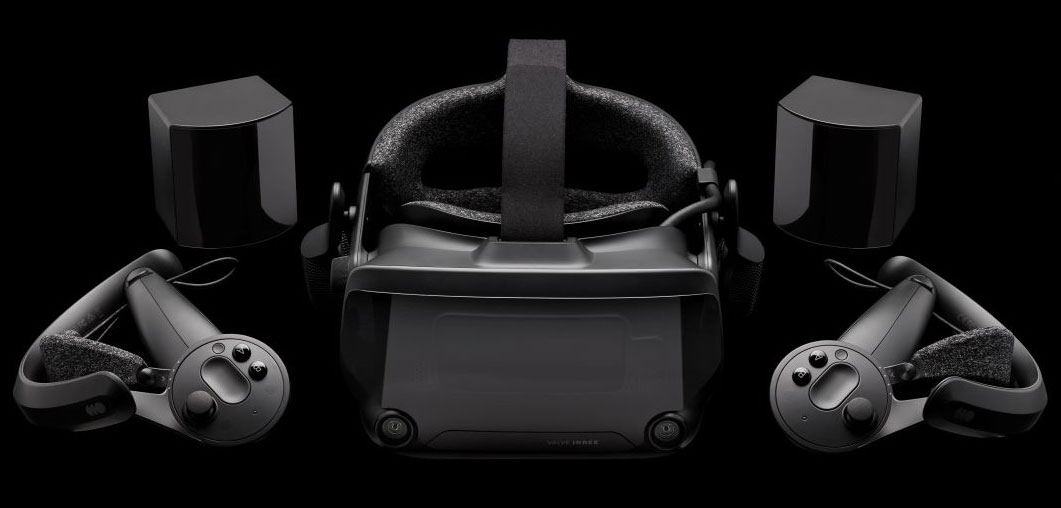
Best VR headset: which kit should you choose?
Best graphics card: you need GPU power for VR
Best gaming laptop: don't get tied to your desktop in VR
There are some really good games on PS VR2. Horizon: Call of the Mountain is absolutely excellent as both a tech demo for the headset itself and as a flagship title in its own right. There's also Gran Turismo, Star Wars: Tales from the Galaxy's Edge, Moss, and The Dark Pictures: Switchback VR. But I'm staring at the hundreds and hundreds of games and heaps of virtual reality software on PC and wondering if there's enough on PS VR2 to justify the headset from the perspective of a gamer who owns both a PlayStation 5 and a PC.
I don't think this is the headset I would buy in that situation. I'd stick with the slightly cheaper Quest 2.
But I have to give Sony props for building an admittedly excellent virtual reality headset in PS VR2. It's a fully-fledged VR experience in a way the first-gen unit never was, and shows just how serious Sony has become about virtual reality. I'm utterly impressed by it. If you are a PS5 gamer and you're wondering what VR is all about, PS VR2 is a fantastic way to find out.
PS VR2 offers virtual reality to rival the PC. The hardware is seriously impressive and modern, which helps to better highlight the excellent games on the platform. I'd still recommend a PC VR headset to most PC gamers, but Sony has completely overhauled the console VR experience for the better.

Jacob earned his first byline writing for his own tech blog, before graduating into breaking things professionally at PCGamesN. Now he's managing editor of the hardware team at PC Gamer, and you'll usually find him testing the latest components or building a gaming PC.


